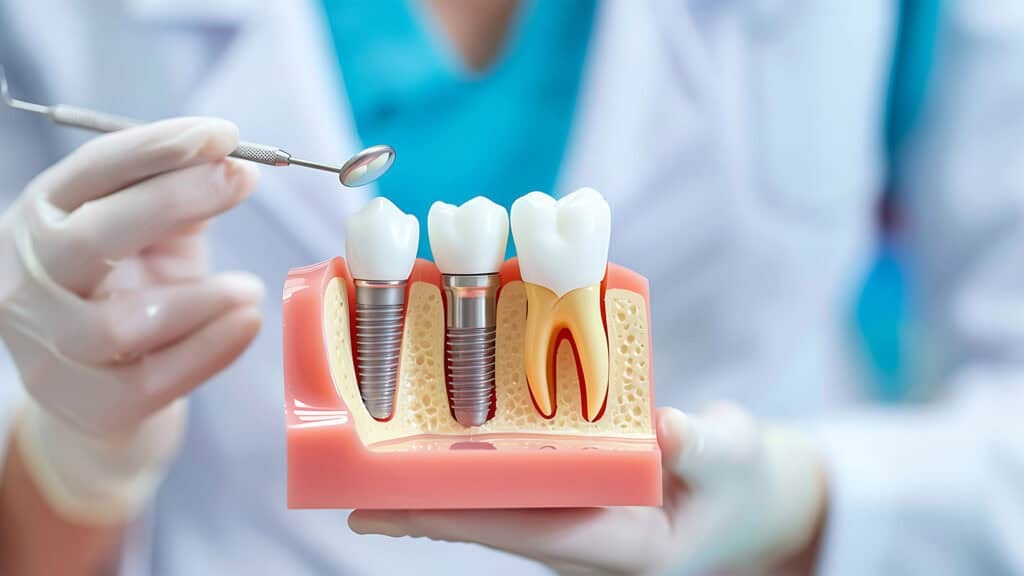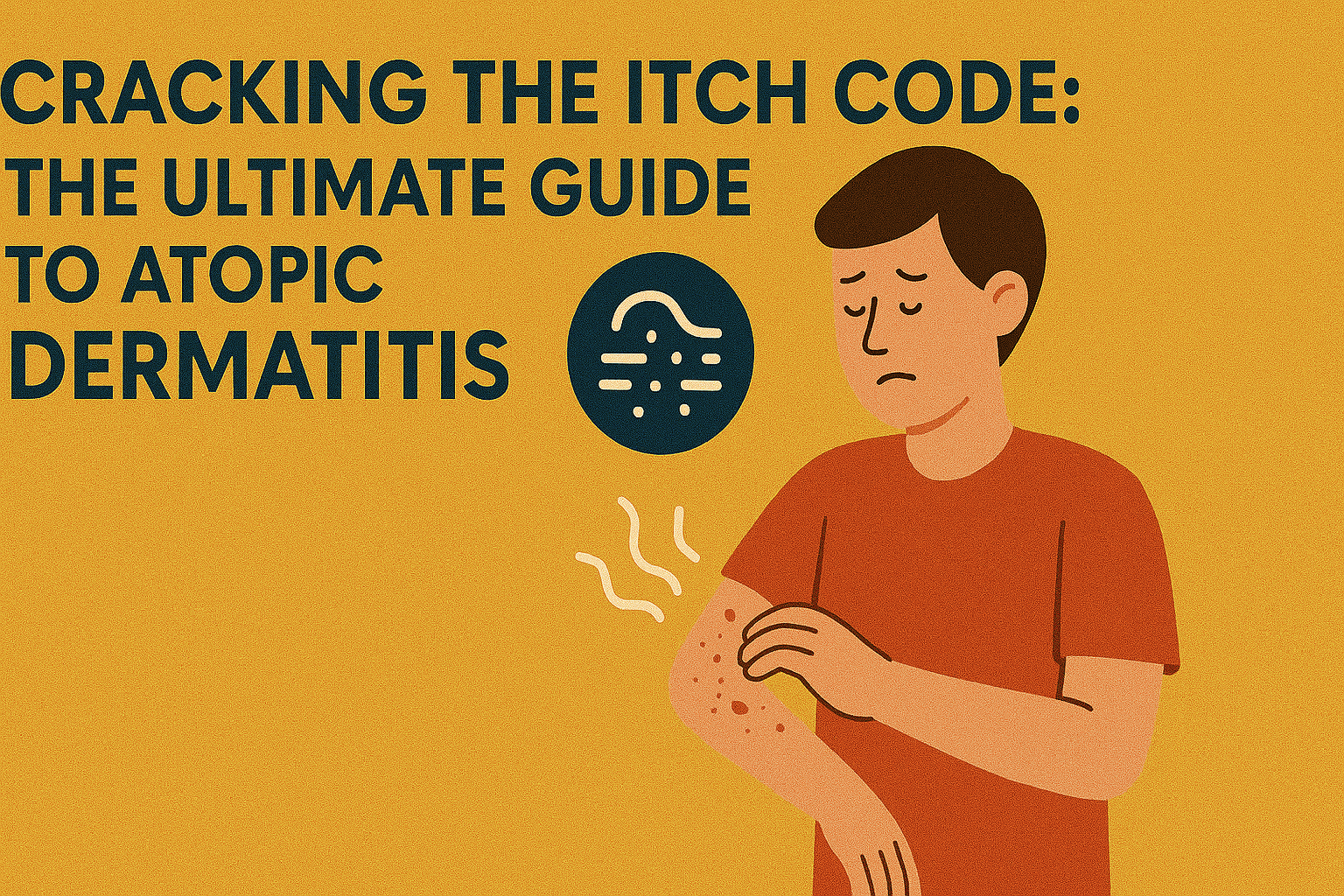“Fatty liver disease affects over 25% of the global population, yet many remain unaware until significant liver damage has occurred.”
Imagine your liver silently piling fat, keeping the organ busy in fat deposition and thereby risking an individual’s well-being: this is what probably happens to millions. Fatty liver disease, or NAFLD, has been gaining much attention of late, as bad diet and sedentary lifestyles explain most cases observed. Can we be optimistic? Yes, because with early diagnosis and proper remedies, fatty liver can be treated.
Why Treatment for Fatty Liver Matters
Fatty liver illnesses comprise NAFLD and its aggressive version, NASH. Untreated, it progresses to hepatic fibrosis, cirrhosis, and hepatic cancer. Apart from liver mortality, fatty liver disease is associated with an increased risk of cardiovascular diseases and type 2 diabetes. So, treating fatty liver isn’t just about saving the liver but about maintaining life.
Top Benefits of Fatty Liver Treatment
- Liver Damage Reversal: Early intervention decreases fat and inflammation within the liver, potentially reversing any damage incurred from the disease.
- Improved Metabolism: Treatment typically improves glucose metabolism and lipid levels.
- Lowered Cardiovascular Risk: Treatment for fatty liver also serves to lower the risk of heart disease.
- Improved Quality of Life: Patients tend to report feeling more energetic and experiencing greater well-being after treatment.
Step-by-Step Guide to Treating Fatty Liver
1. Changes in Lifestyle
Lifestyle changes are the mainstay in treating fatty liver.
Diet:
- Use a Mediterranean-style diet with a lot of fruits, vegetables, whole grains, lean protein, and healthy fat, with olive oil being the fat of choice.
- Limit saturated fats, trans fats, and added sugars.
- Include items good for your liver, like coffee (in small quantities), green tea, and fish high in omega fatty acids.
Physical Exercises:
- Have about 150 minutes of moderate-intensity aerobic exercise per week.
- Add resistance-training exercises to augment insulin sensitivity.
Weight Control:
- Work toward losing body weight slowly but surely, within 7-10%, since it helps decrease liver fat and inflammation.
2. Medical Treatments
The focus remains on lifestyle changes; however, a few medications have shown promising results.
Semaglutide:
- Mainly for type 2 diabetes, semaglutide has now been found useful in clearing liver fat and decreasing liver inflammation in patients with NASH.
- Clinical trials have demonstrated massive weight reductions and improvements in liver histology brought about by semaglutide.
Resmetirom (Rezdiffra):
- Approved in 2024 by the FDA, resmetirom is a drug that interacts with thyroid hormone receptors in the liver to reduce liver fat and fibrosis in patients with NASH.
Efruxifermin:
- As an FGF21 analog investigational drug, efruxifermin has potential for reducing liver fat and improving insulin sensitivity.
Note: Always check with your physician before starting any medication.
Real-Life Example: John’s Journey to Liver Health
John, a 52-year-old and chronic couch potato with a diet rich in processed foods, was diagnosed with NAFLD during a routine check-up. Under the guidance of his healthcare team, John undertook a Mediterranean diet and started walking daily, losing 10% of his body weight in six months. Follow-up tests showed greatly diminished liver fat and improved liver enzyme levels.
Tips and Advice to Put into Action
- Periodic Monitoring: Keep up with liver function tests and imaging studies.
- Alcohol Intake: Anything more than trivial levels is hazardous to an already sick liver.
- Manage other Conditions: Control blood sugar, cholesterol, and blood pressure levels.
- Be Aware: Stay informed about new treatments and clinical trials.
Common Mistakes to Avoid
- Not Changing Lifestyle: Using medication alone as a way to treat NAFLD.
- Inconsistent Monitoring: Avoiding follow-up visits and tests.
- Self-medication: Taking supplements or other drug therapies without advice from a physician.
Future Trends in Fatty Liver Treatment
- Personalized Medicine: Tailoring treatments based on genetic and metabolic profiles.
- Advanced Imaging Techniques: Non-invasive methods for early detection and monitoring.
- Combination Therapies: Using multiple drugs targeting different pathways for enhanced efficacy.
Conclusion: Taking Charge of Liver Health
Fatty liver disease is a growing health concern, but with early detection and a proactive approach, it is manageable and often reversible. By embracing lifestyle changes, staying informed about medical advancements, and working closely with healthcare providers, individuals can take control of their liver health and overall well-being.
Remember, the journey to liver health is a marathon, not a sprint. Start today, stay consistent, and seek support when needed.




